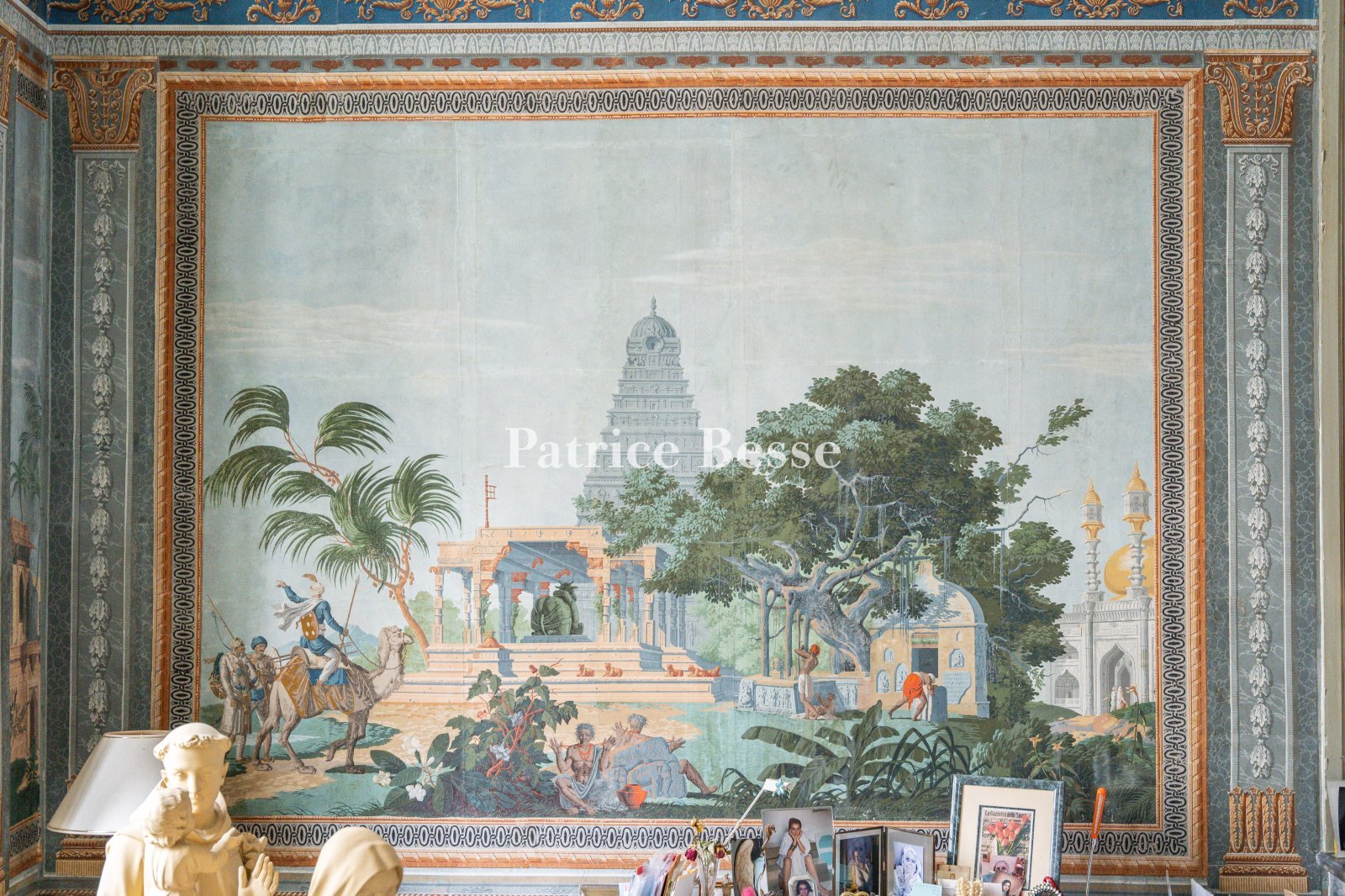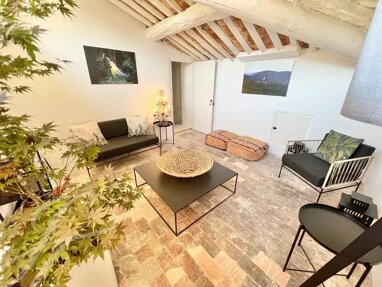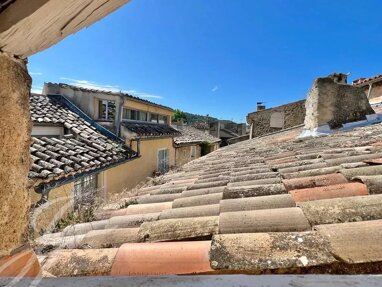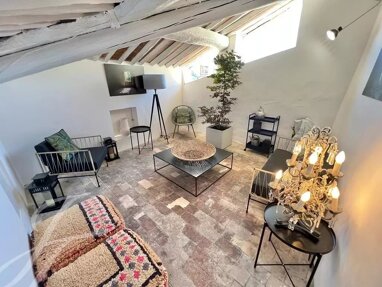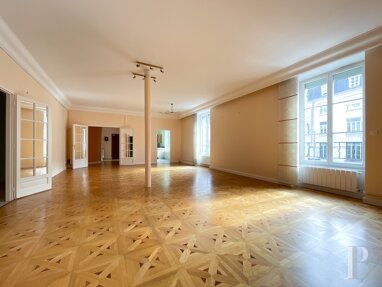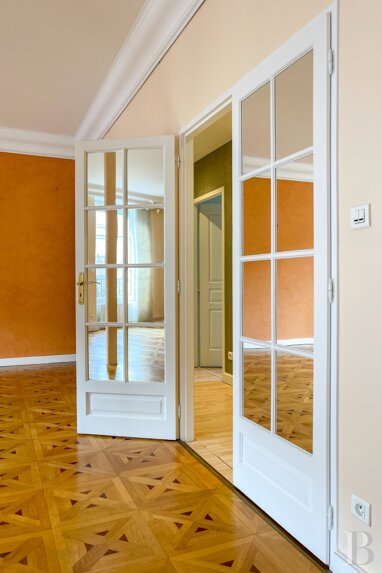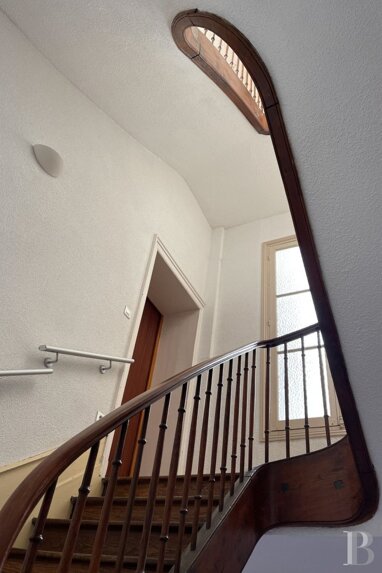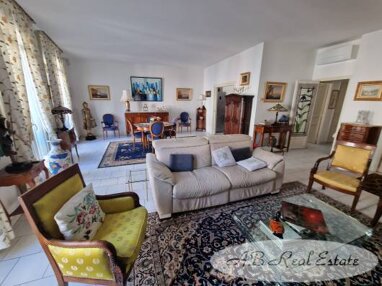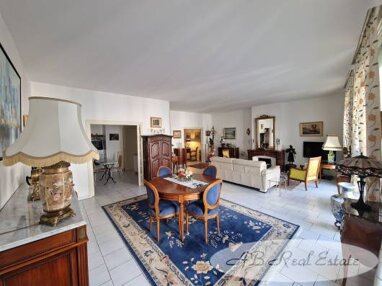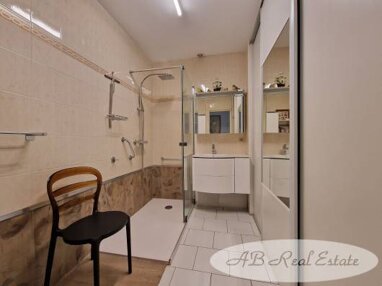A 170m² ground-floor apartment with a garden, listed as a historical monument for its refined wallpaper paintings, nestled between Avignon and Saint-R
A 170m² ground-floor apartment with a garden, listed as a historical monument for its refined wallpaper paintings, nestled between Avignon and Saint-Rémy-de-Provence.
The quaint town where this apartment lies has under 6,000 inhabitants and is equidistant from Avignon and Saint-Rémy-de-Provence in southern France. It is part of the Greater Avignon urban area, which brings together 59 towns.
This charming town was an important hub from as early as antiquity: its ford on the River Durance offered a route for the Celts in the north and for the Ligurians on the Mediterranean coast. Ramparts dating back to the 14th century still enclose the old town and its wealth of built heritage. The place was also a backd-rop to the romance between the Italian Renaissance poet Petrarch and Laura de Noves, who was from this town.
The grand edifice in which the apartment is nestled is only 15 minutes from Avignon's high-speed train station, from where you can get to Paris in 2 hours and 40 minutes, and it is just 50 minutes from Marseille's international airport.
The apartment lies on the ground floor of the Hôtel Senchon de Bournissac - a jewel in the crown of the town's rich architectural heritage. At the start of the 18th century, François Senchon, a lawyer at the Parlement of Provence in the city of Aix-en-Provence, acquired some plots in this small town. These plots surrounded a courtyard. Here, Senchon began building his grand house in a calm spot far from urban bustle.
Beyond a tall three-storey facade with a symmetrical arrangement of windows, a spacious stairwell with a fine balustrade connects to rooms with French-style beamed ceilings and offers a remarkable example of 18th-century architecture.
Later, in the 19th century, thanks to the prosperity of the Senchon de Bournissac family, the elegant edifice was extended: a wing was built alongside the garden, its ground floor forming a vast gallery-like room. Today, this apartment lies in this extension.
Remarkable decorative features inside also date back to this period. For example, in the two connecting rooms that look out at the street, the refined wallpaper paintings are still intact and ornate plaster works embellish the fireplace trumeau panels and the decorative panels above the doorways. The beauty and rarity of these decorative features prompted France's cultural heritage authorities to register this apartment and other parts of the Hôtel Senchon de Bournissac as a listed historical monument by decree on 29 August 2000.
The apartmentThe apartment takes up most of the ground floor of a town edifice that faces east and west and contains 11 apartments. It forms an L shape and leads out onto a terrace and into a private garden of around 20m².
The entrance hall connects to a vast dining room. It is decorated with a panoramic series of grisaille wallpaper paintings officially listed for their historical interest. They depict pleasures of urban and rural life.
This room leads to a grand reception room that displays another series of wallpaper paintings. The colourful wallpaper here depicts views of Hindustan and comes from the famous firm Zuber et Cie, based in Rixheim, France, in an original edition from 1807. Beside this sumptuous room, a hallway leads to a bathroom with a lavatory. This hallway connects to a second lounge, an extensive room that leads out to the terrace. Next to this lounge, a bedroom, which is smaller in size and has a shower room, leads directly out into the garden. Lastly, there is a kitchen that connects to the hallway between the two lounges, to the terrace outside and to the dining room via a door that is flush with the wall surface and that is teasingly hidden in the details of the grisaille decoration.
Wood strip flooring adorns some rooms and Barbentane stone tiles adorn the floors of other rooms. Some rooms have ...
